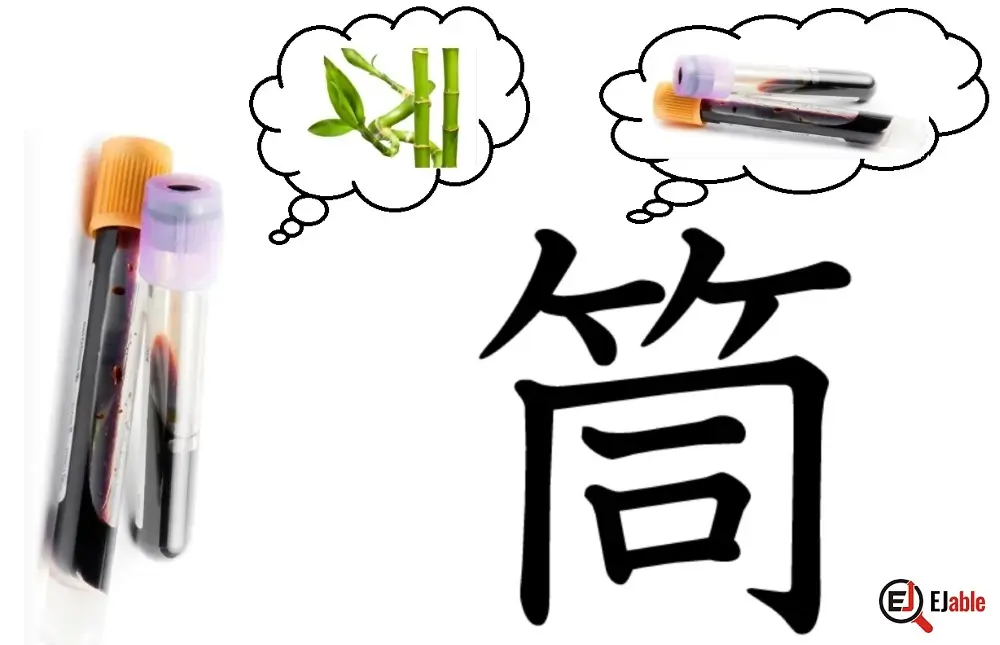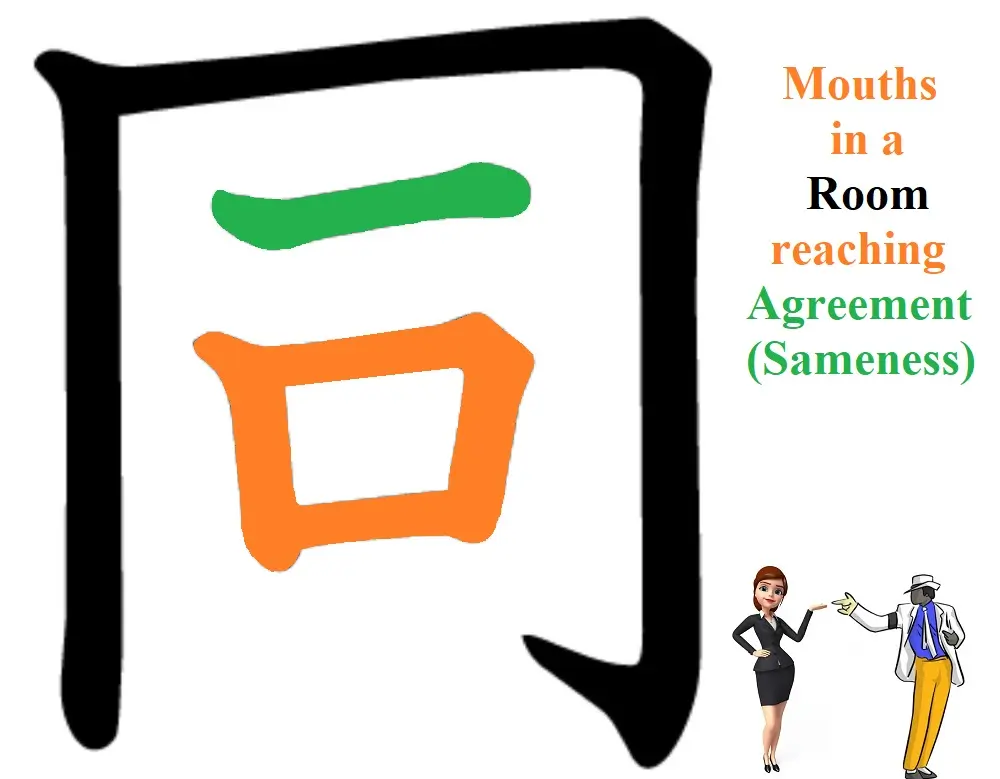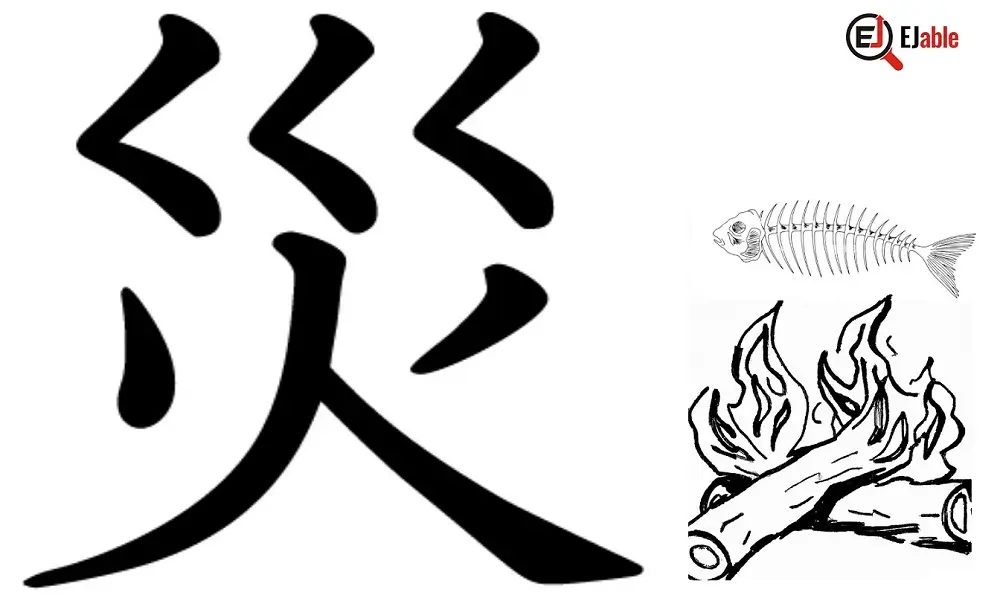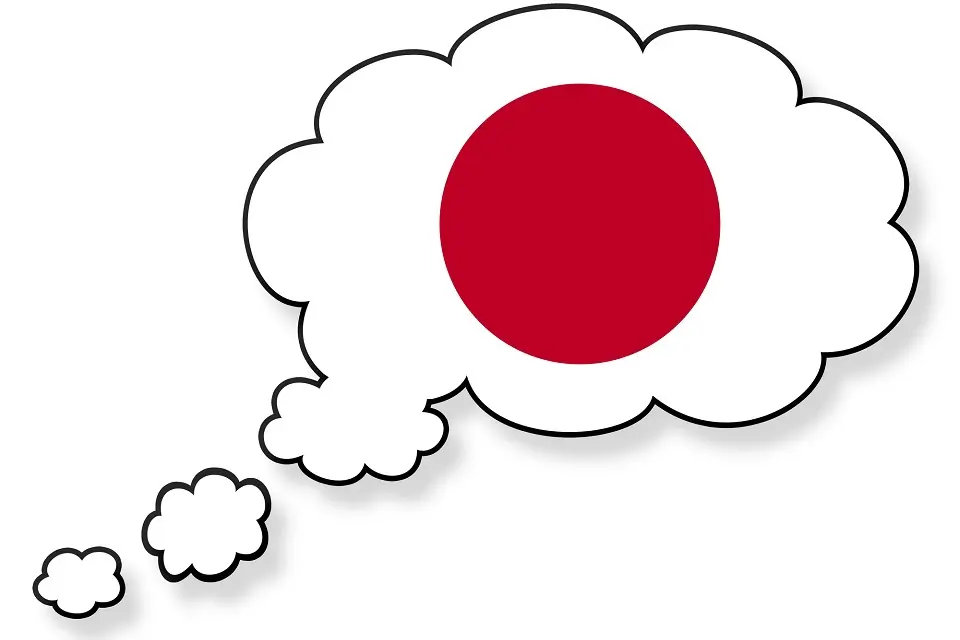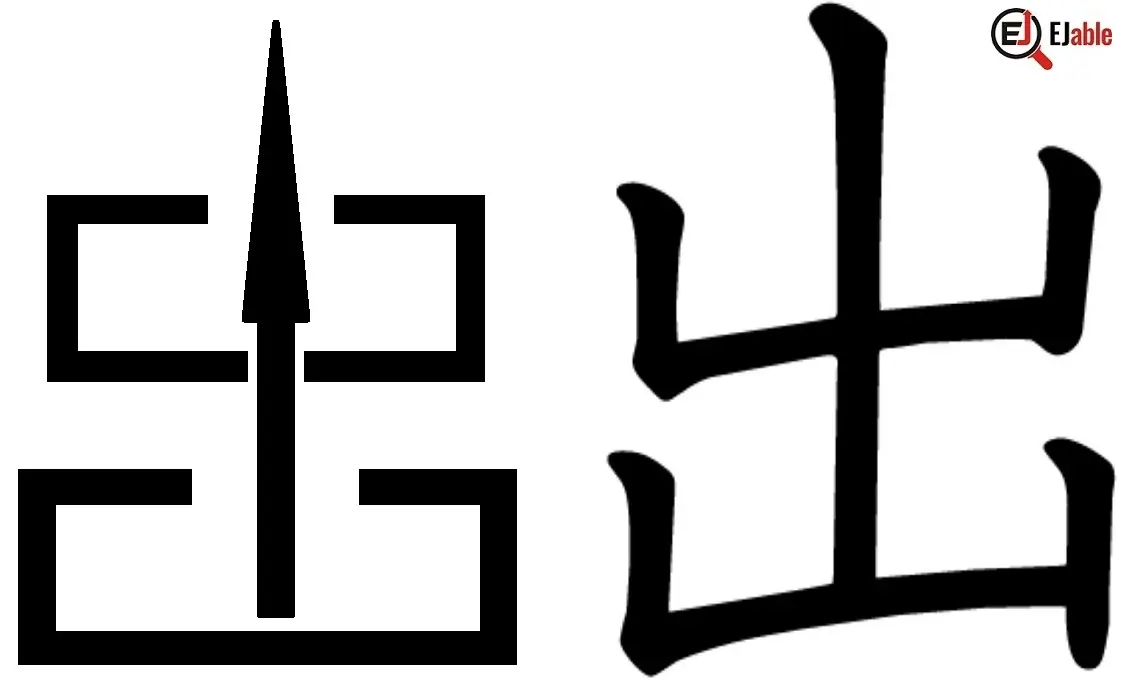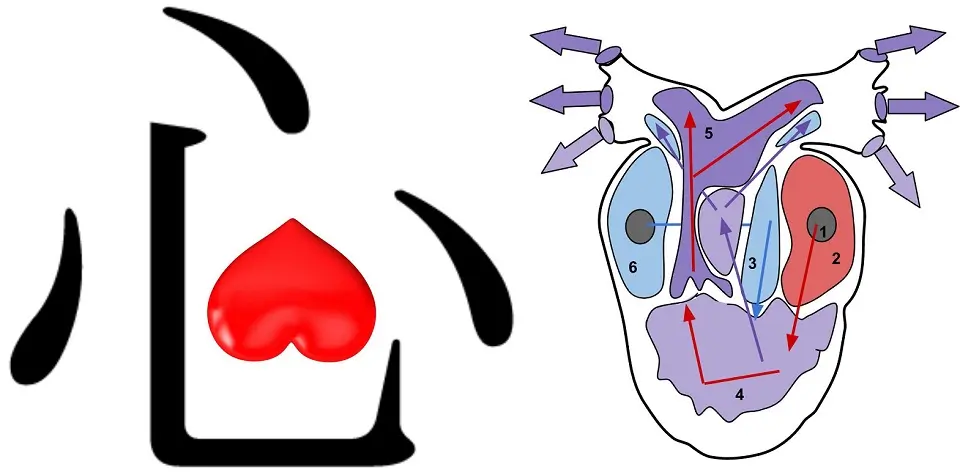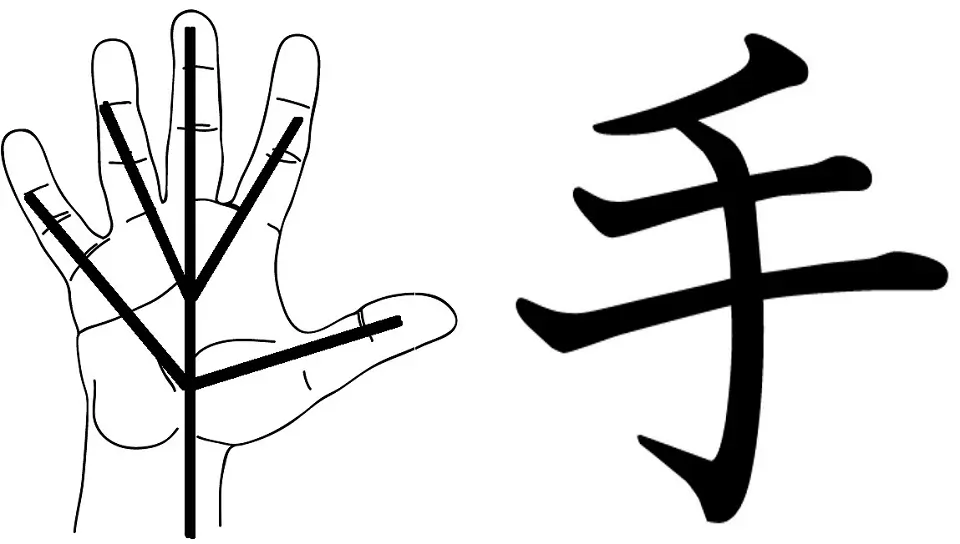Kanji for “Tube” or “Cylinder”: 筒 (Tsutsu)
The Japanese kanji for “Tube”, “Cylinder”, or Barrels is 筒. The Kunyomi or the Japanese pronunciation of the Kanji 筒 is “tou” (トウ), and the Onyomi (Chinese) pronunciation is “tsutsu” (つつ). 筒 refers to any long, hollow object with a circular cross-section. The Kanji 筒 is used to describe objects like a mailing tube, a cylindrical container, a sleeve, or
Continue reading
